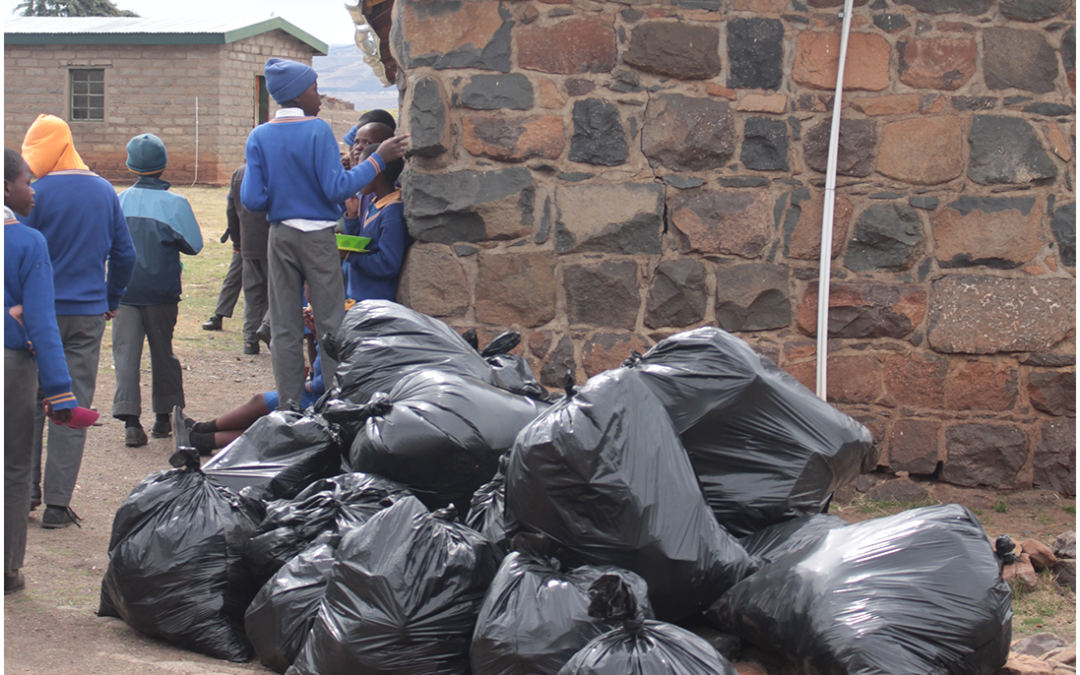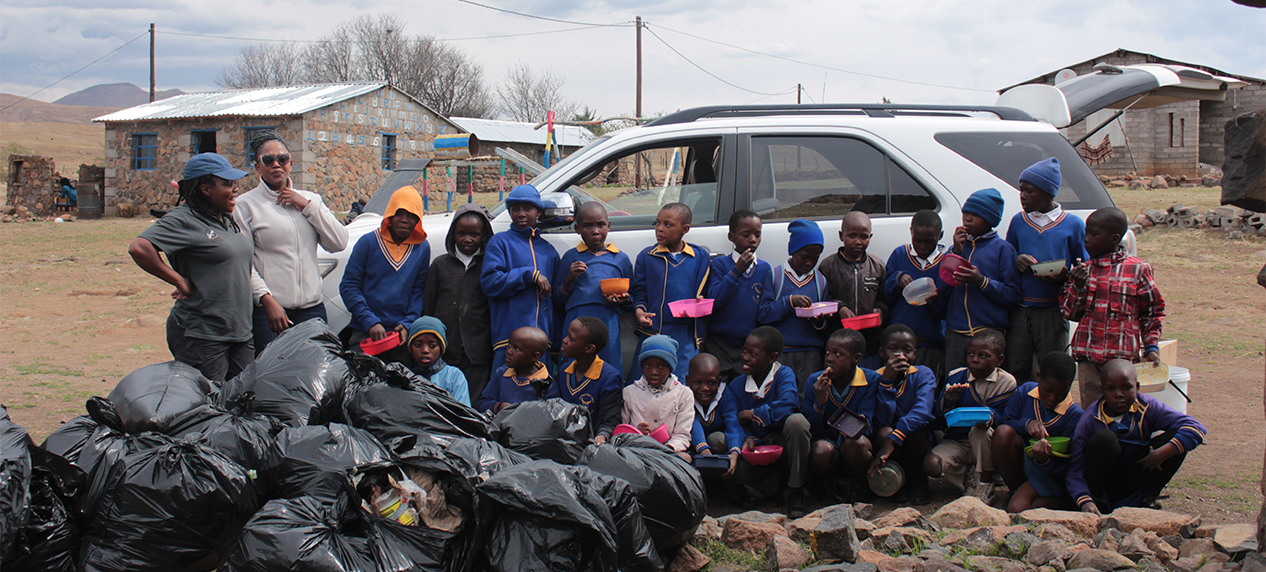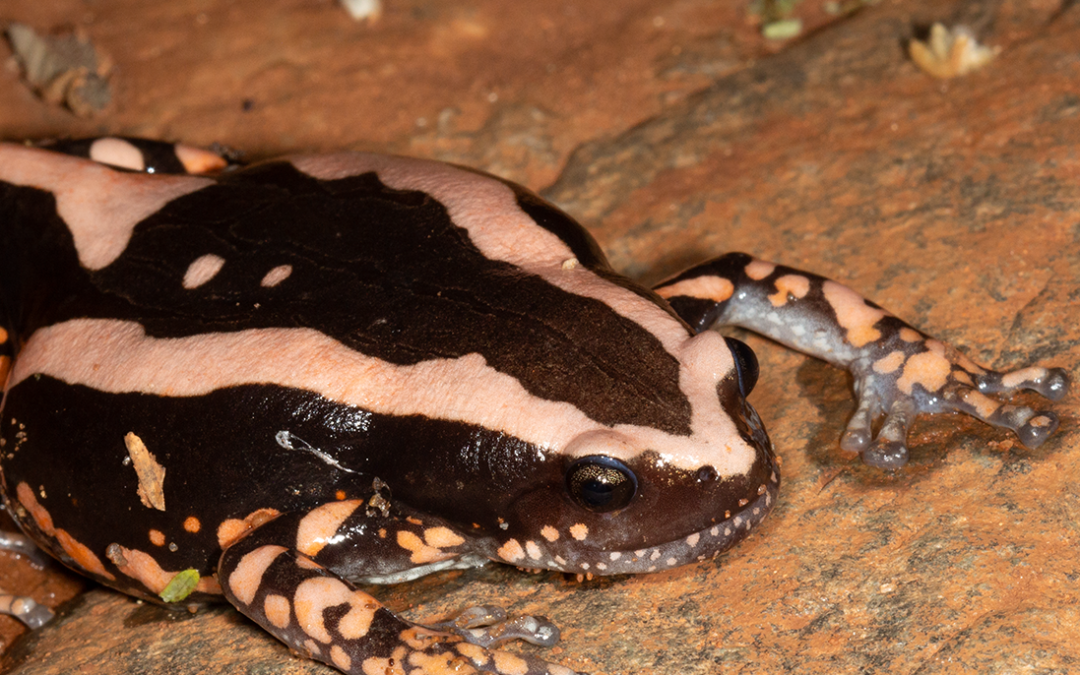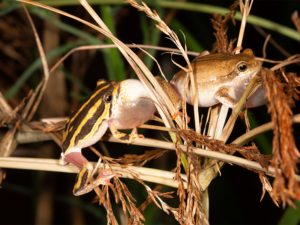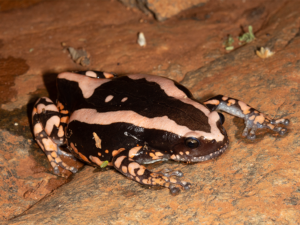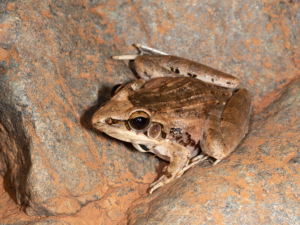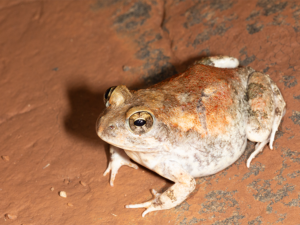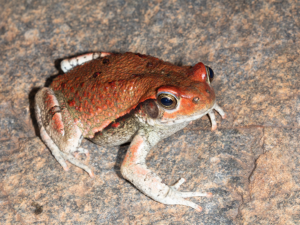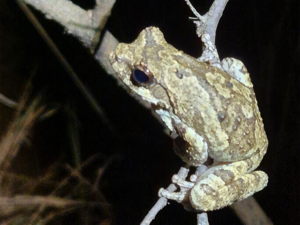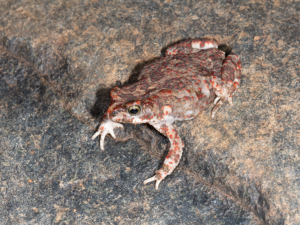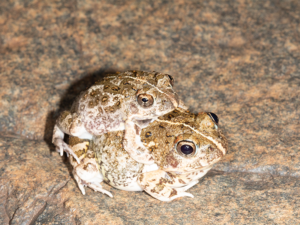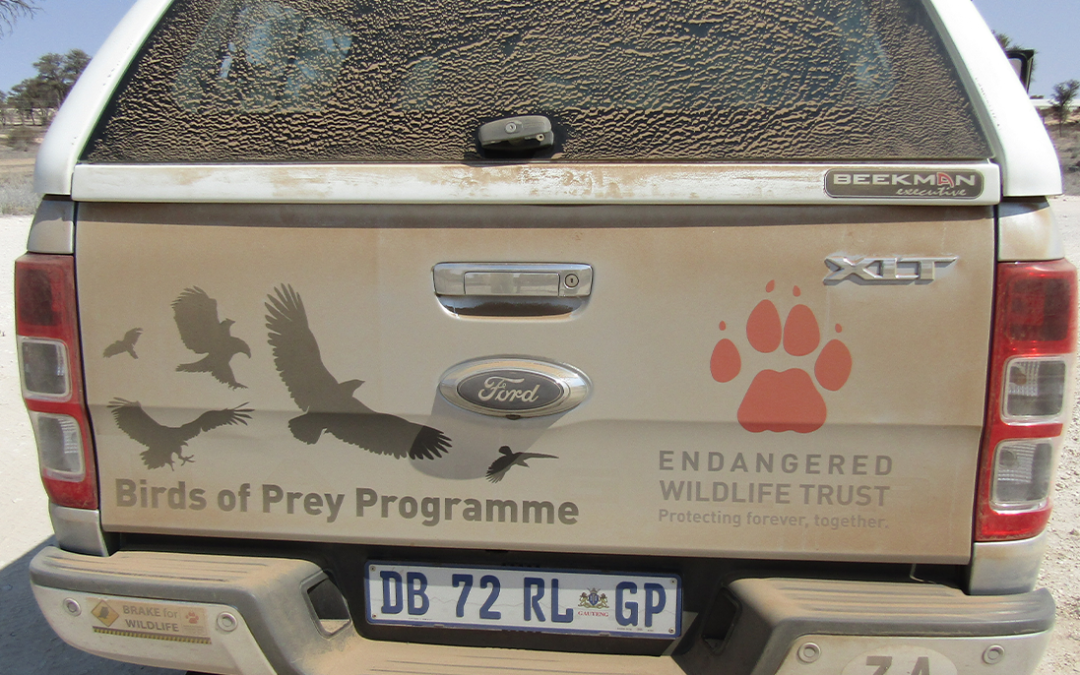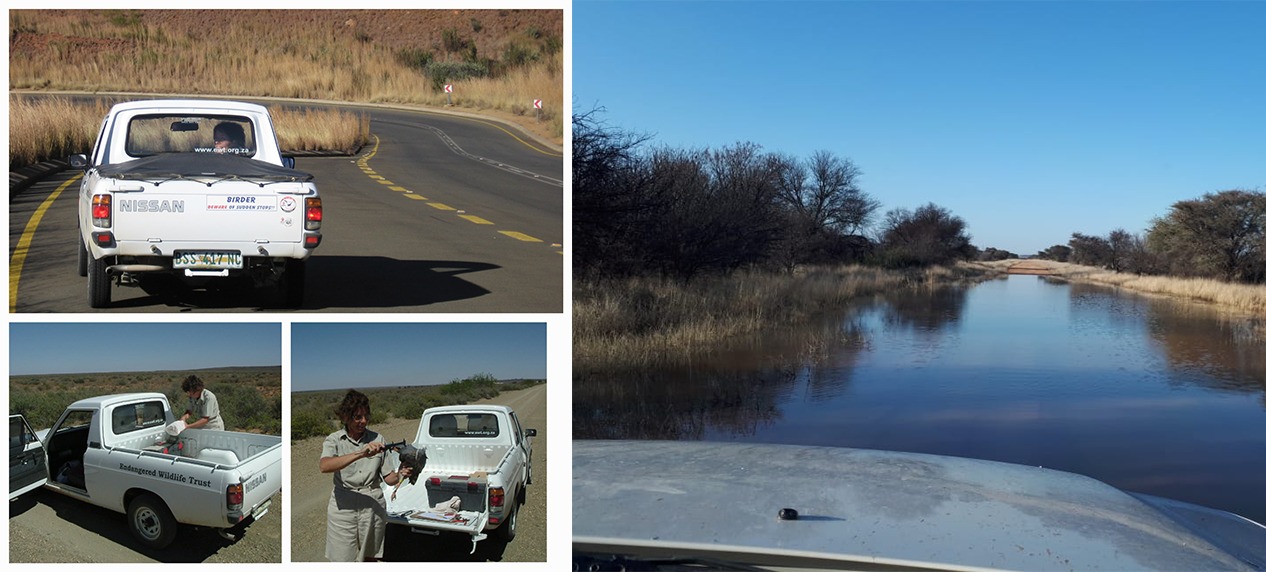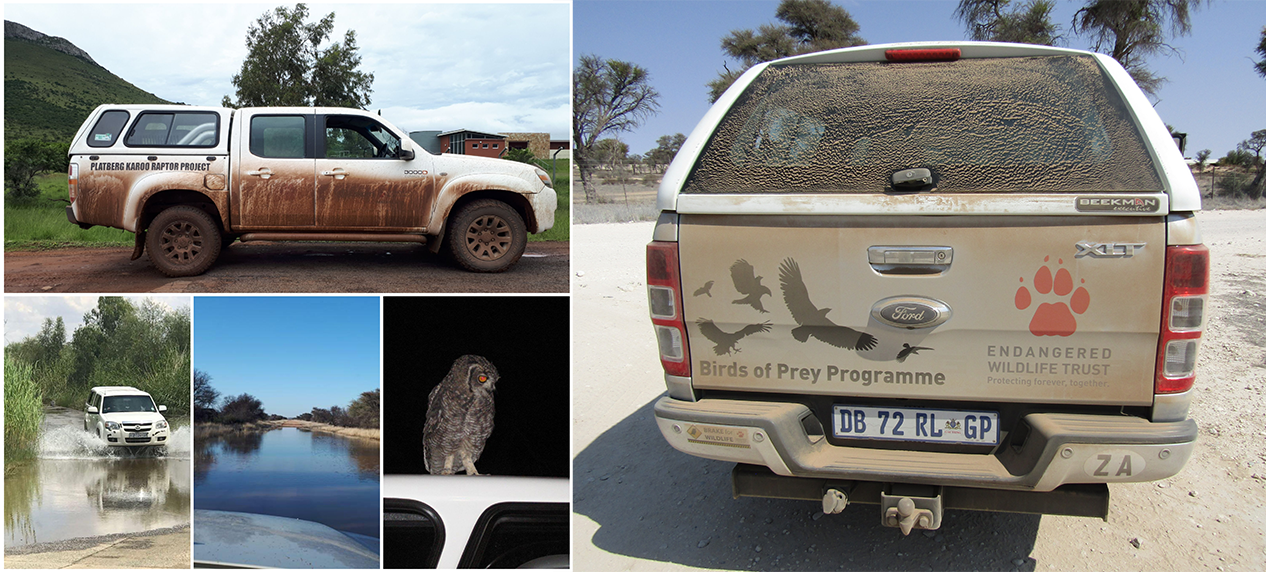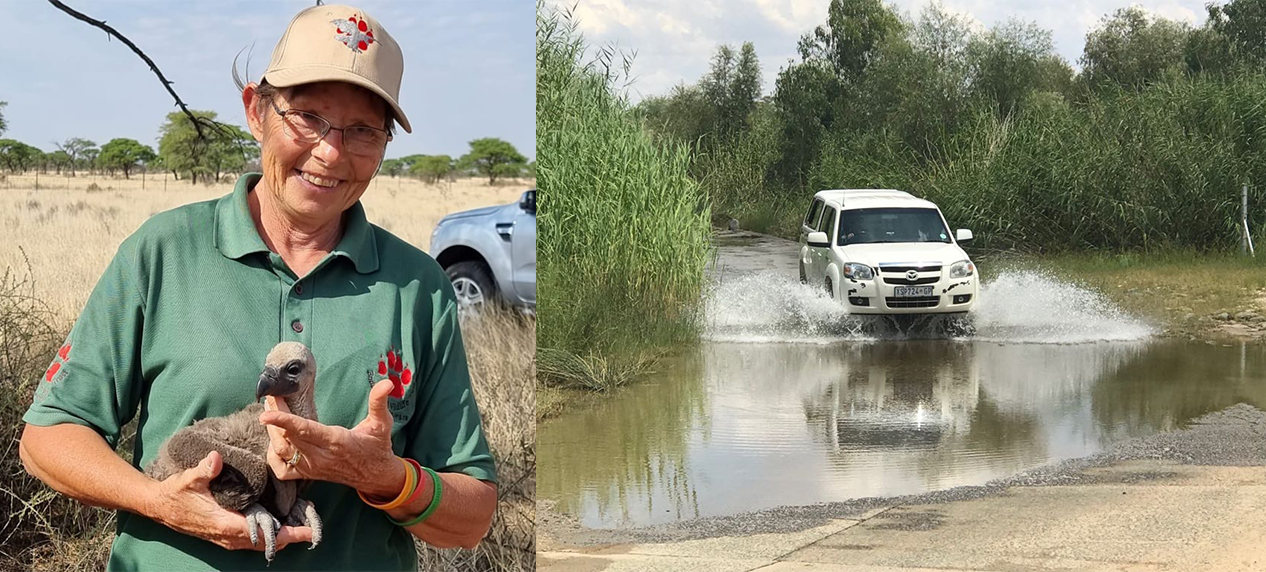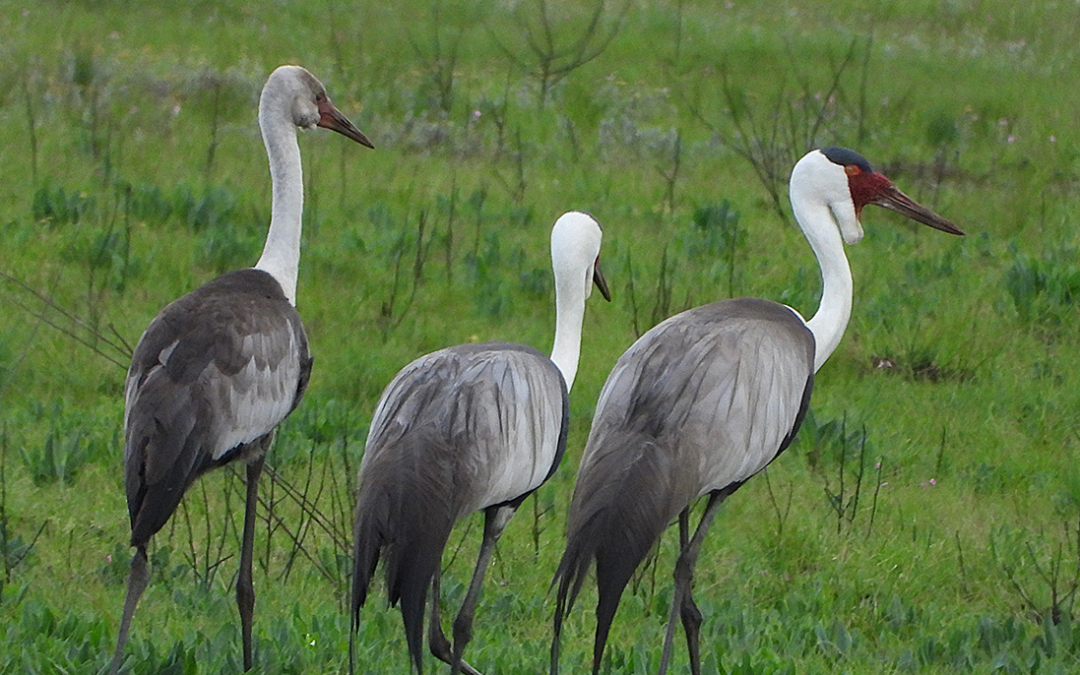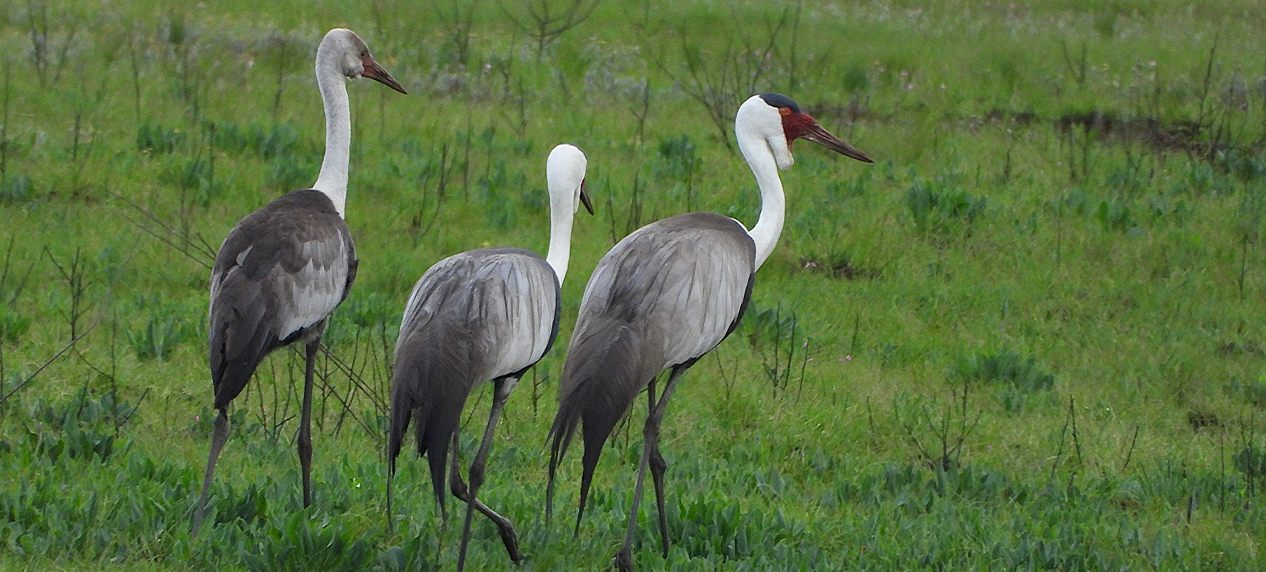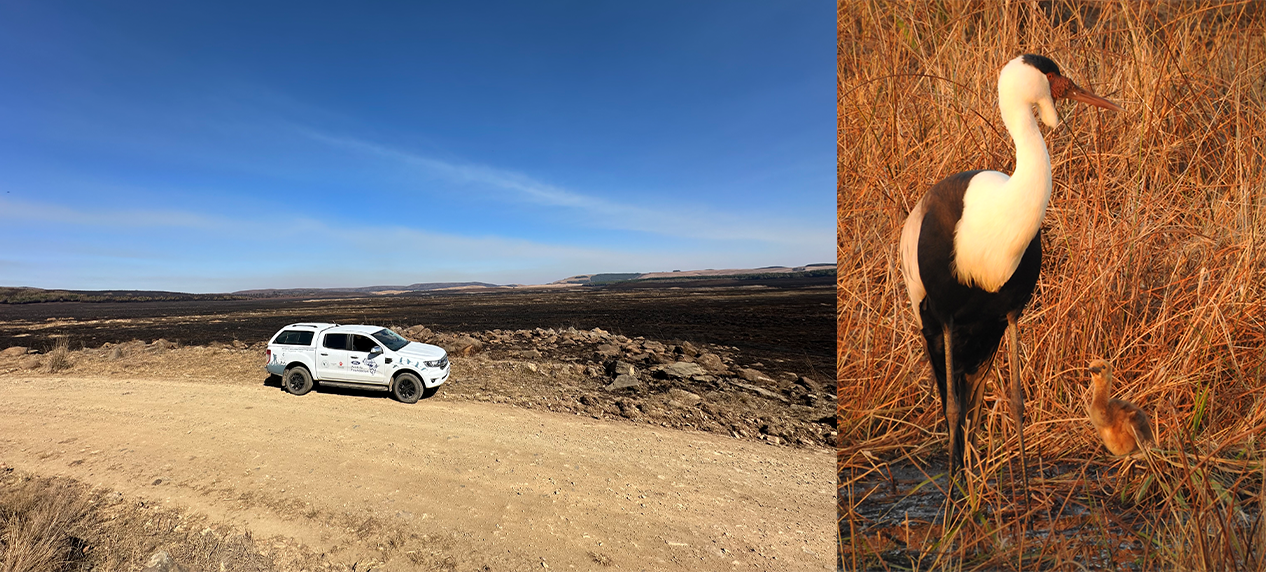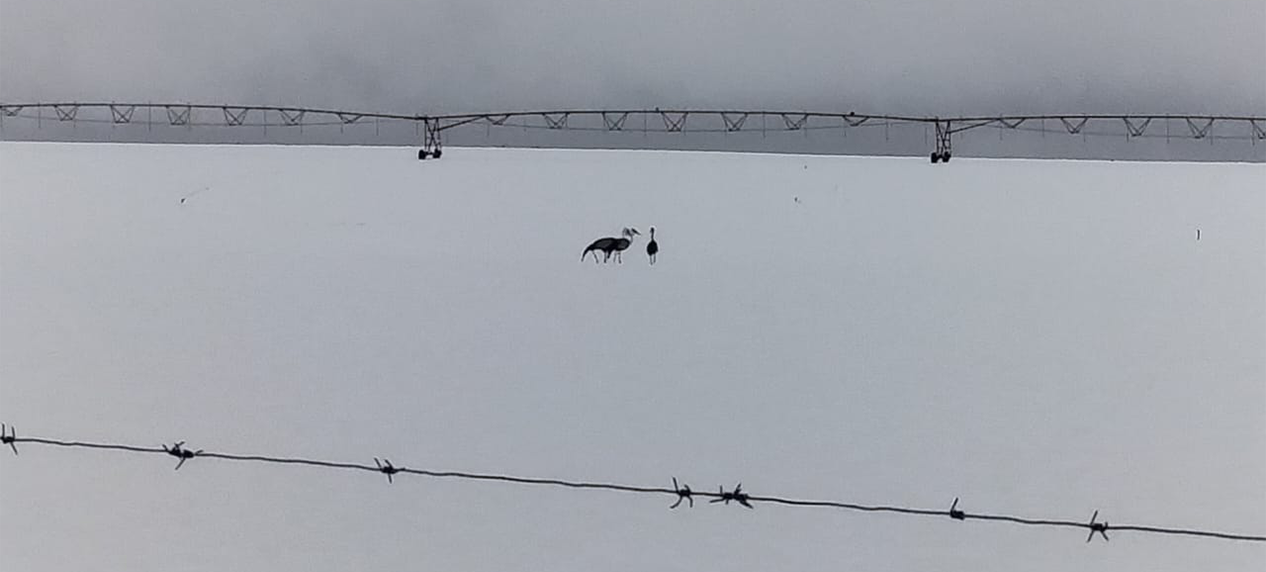
Word from the CEO: Year-End
Word from the CEO
Yolan Friedmann, CEO
It has been a whirlwind year for the EWT and a pretty good one actually. One could lament the fact that year-on-year our planet has smashed all previous records for the hottest year globally on record, as well as the increase in species under thereat of extinction rising form 68% to 73% according to the latest WWF Living Planet Report. But we choose instead, to celebrate the fact that the EWT significantly increased the protection and status of more than 11 populations of threatened wildlife species; whilst discovering populations of other species thought to be extinct. We directly improved the wellbeing of over 6500 people in rural communities; and ensured the formal (declared) protection of nearly 10 000 ha of critical habitat with another 100 000 ha in the process of being declared.
We also reversed the declining state of nearly 4000 ha of critical habitat through rehabilitation efforts that – at the same time – provided livelihood opportunities for vulnerable people. We know that our natural world continues to suffer from the ravages of unsustainable development, increasing resource use and human population growth, and the EWT Strategy 2025-2050 is a bold and ambitious commitment to revere these trends in some of the most important landscapes across southern and East Africa. We are excited to be embarking on this new growth phase in the years ahead, and look forward to sharing the details of the strategy in the new year.
With the tremendous growth in the EWT over the past calendar year, which saw our pack increasing by 50% and our expenditure on projects and conservation activities by a whopping 12%, the EWT attributes this ability to consistently retain, and increase our positive impact on the status of thousands of vulnerable people, wildlife and the environments that they both share, to the loyalty, ongoing support and passion that our partners, donors and colleagues in the sector all share for our work. Over the past 12 months, our web of impactful partnerships has deepened and widened and now reaches across nearly 20 African countries, ensuring that we share our innovation, skills and knowledge with colleagues far and wide, who are also working to save the wildlife and people that are unique to Africa, to mutual benefit.
As we developed our Future Fit Strategy, we took time out this year to reflect on our journey thus far and benefited from the process of considering what worked for us, what challenges we encountered, what relationships were impactful and where resources could be better applied for maximum benefit. Reflection is a powerful tool that ensures continual learning and entrenches a value system that improves understanding and leads to growth. A key aspect of my own reflection when I look back over 2024, is my deep gratitude to the Board of Trustees of the EWT for their unwavering commitment, support and passion for our work. The leadership of our Chairman Muhammad Seedat and his fellow trustees has steered the ship steadfastly in the right direction, ensuring excellence in our governance, strategy and leadership right from the top. Our Executive Leadership team is a powerful, expert coalition of some of the best conservation minds in the region and we are blessed to be lead and served by them. My heartfelt gratitude goes to every one of them for the individual and collective role that they have played in taking the EWT to great heights this year. The EWT staff: the backbone of the Trust and the energy and innovation behind our tireless work that literally saves wildlife and supports people, right across Africa. You are heroes to many and our secret weapon in the race against extinction.
To all our partners and funders: you are the lifeblood that keeps the EWT at the forefront of conservation excellence. Your continued support and faith in our ability to deliver results keeps us doing what we do best, protecting together forever. Thank-you for the support this past year and always.
As we all head off for the much-needed summer holidays – we look back on a year that yielded tremendous results, and forward to a year that kickstarts our most ambitious strategy yet. We are excited about what the next 12 months will bring. We are Future Fit, we are the EWT. Thankyou for being a part of our story.
Wishing all our friends a safe, joyful and peaceful end to 2024 and may 2025 be a prosperous new year for our planet.
Yolan Friedmann,
CEO, Endangered Wildlife Trust
